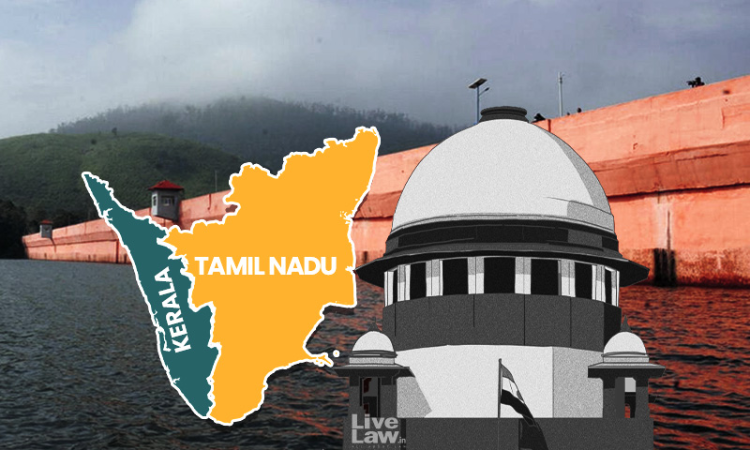In the latest affidavit filed before the Supreme Court in the Mullaperiyar dam case, the State of Kerala has sought a fresh review of the safety of Mullaperiyar by Independent panel of experts.Following suggestions have been put forth by the state of Kerala:a. A fresh review of the safety of Mullaperiyar by Independent panel of experts comprising qualified Engineers and experts in the...

